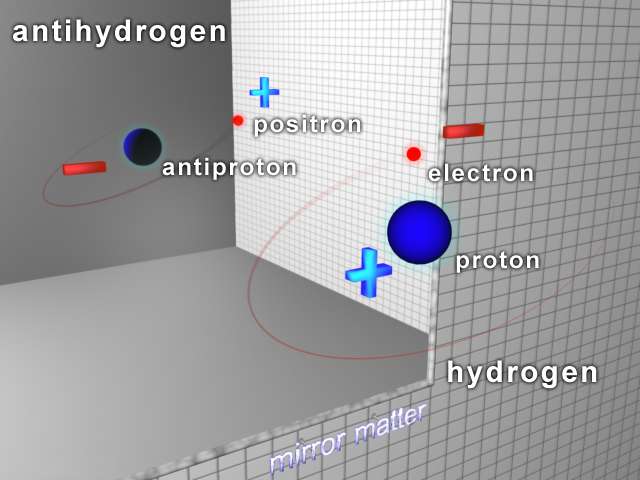May 25, 2015 report
Best of Last Week—Increasing antihydrogen production, converting waste heat to electricity and video game brain impact

(Phys.org)—It was another good week for physics as a team of researchers found some ways to increase antihydrogen production—having more of the stuff could lead to better experiments to learn more about antimatter in general.
It was an even bigger week for advances in technology—one team at the University of Florida created a new device that may make converting waste heat to electricity industrially competitive—a thermoelectric device that uses nanowires to capture heat emitted from engines and other machines. Another team, Vortex Bladeless, was aiming for a lower-cost wind energy approach—creating structures that look like straws with no moving parts that convert wind energy to electricity using oscillations. Meanwhile, engineers at the University of Utah took a big step toward much faster computers—they're developing a way to use light inside of computers instead of electrons. And researchers at UC Berkeley announced that they have come up with a new "deep learning" technique that enables robot mastery of skills via trial and error—they claim it marks a milestone in mimicking the process by which humans learn. Also, a team of researchers at Finland's Aalto University and Universitat Politècnica de Catalunya announced that they had established an efficiency record for black silicon solar cells with a jump to 22.1 percent—helping to capture solar radiation from lower angles.
In other news, a group of Caltech astronomers observed a supernova colliding with its companion star, offering new information on the process by which a white dwarf becomes a supernova. Also, a team of researchers announced that a twins meta-study of nature vs. nurture resulted in a draw—after reviewing fifty years of research, the team reported that the data indicates that human traits and disease rates are equally related to genetics and environment. And a team of researchers working in Kenya announced that they had found the oldest-known stone tools, which pre-date the genus Homo, challenging theories that our direct ancestors were the first to develop and use tools.
And finally, if you spend a lot of time playing video games, you might be interested in the results of a study that shed new light on the impact of video gaming on the brain—among other things, the researchers found that those who play a lot seem to have more efficient attention abilities and are more likely to use navigational strategies rather than their spatial memory system. Whether those changes make a difference in real life applications, however, appears to be unclear.
© 2015 Phys.org




















